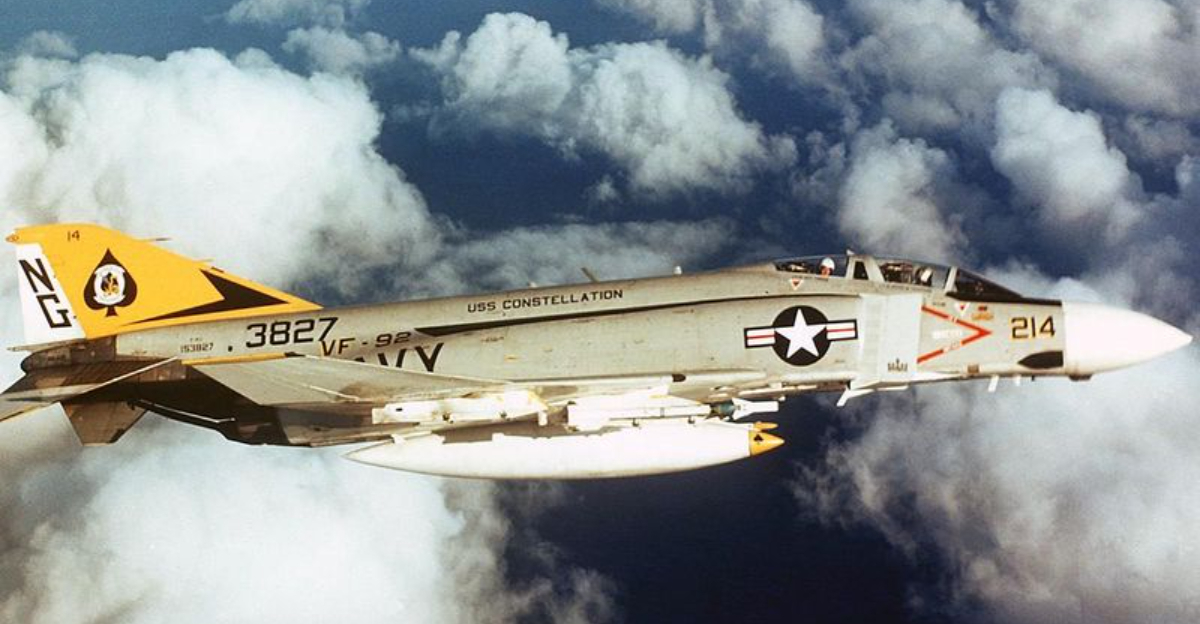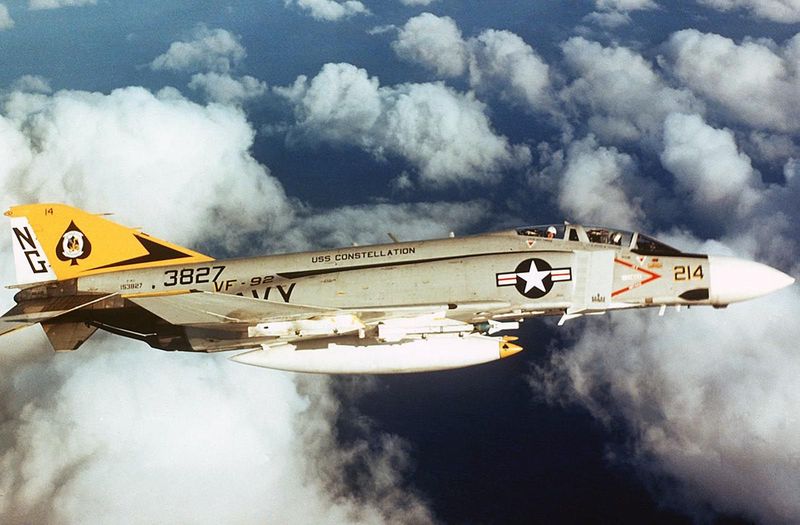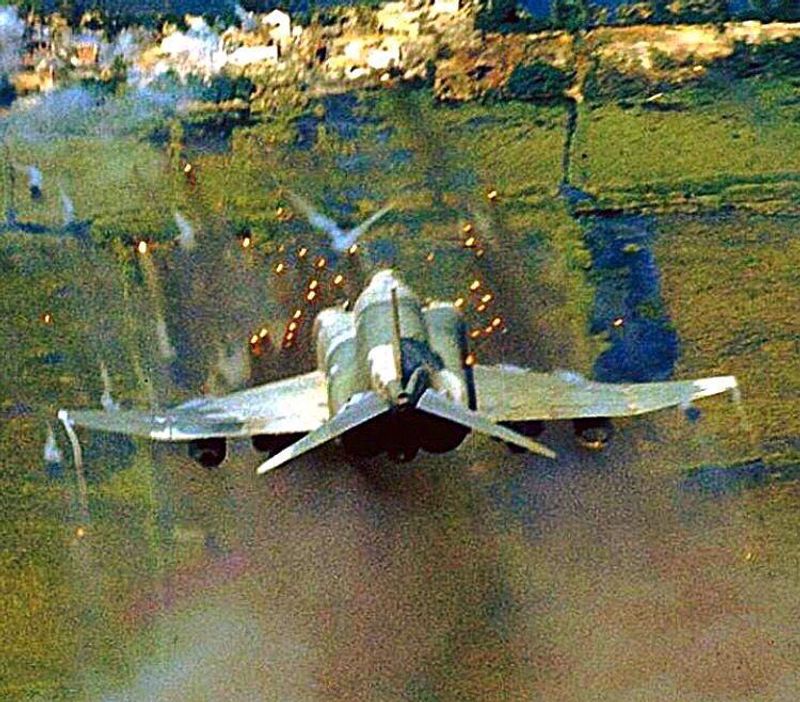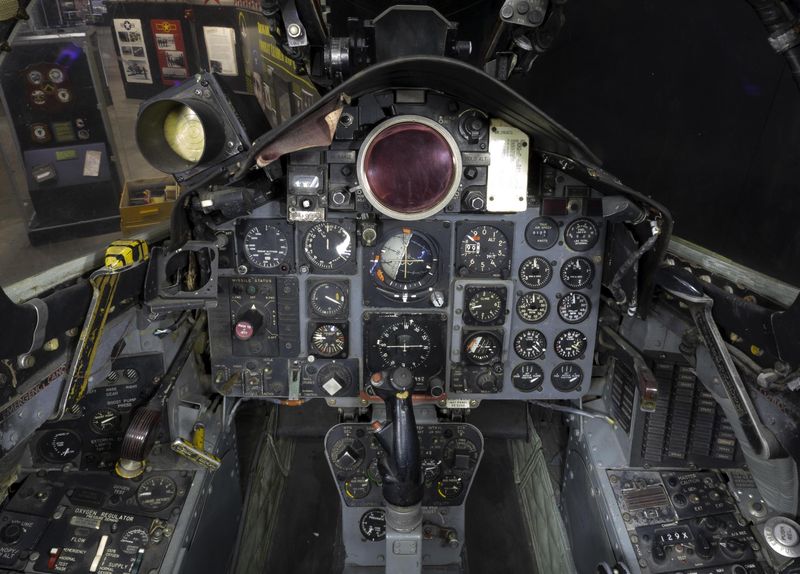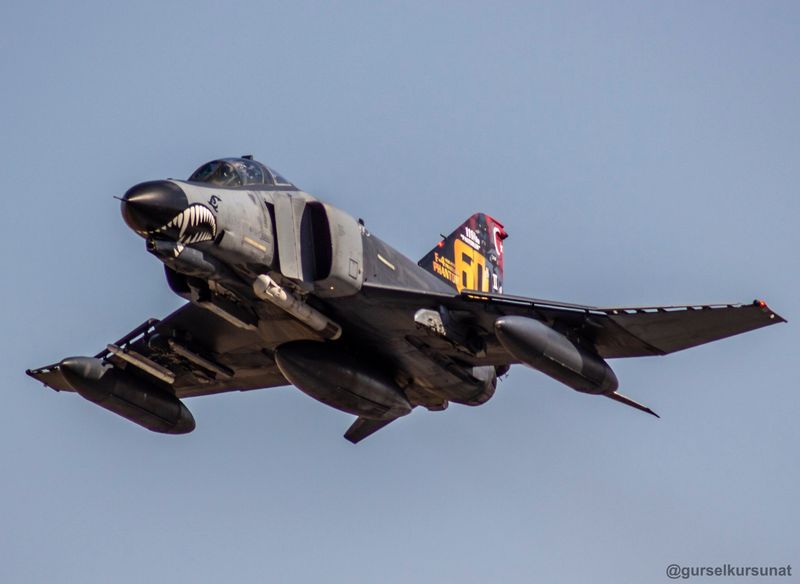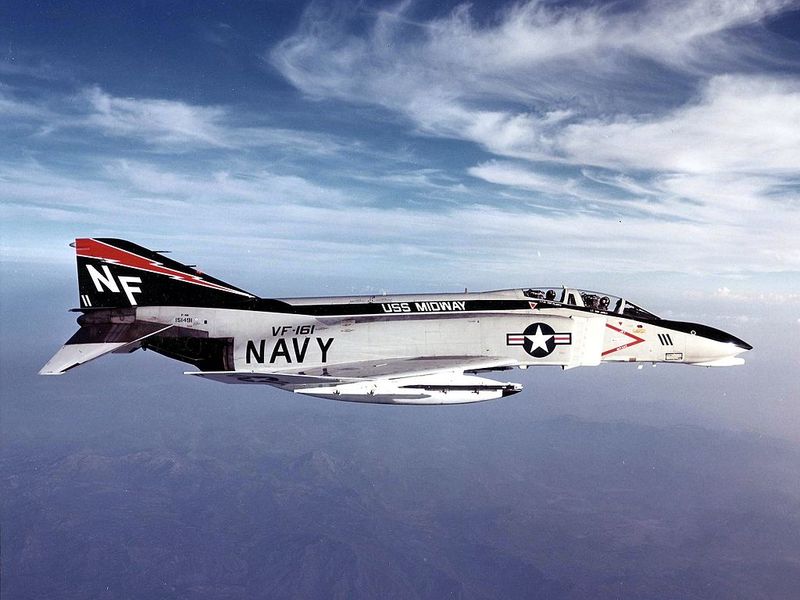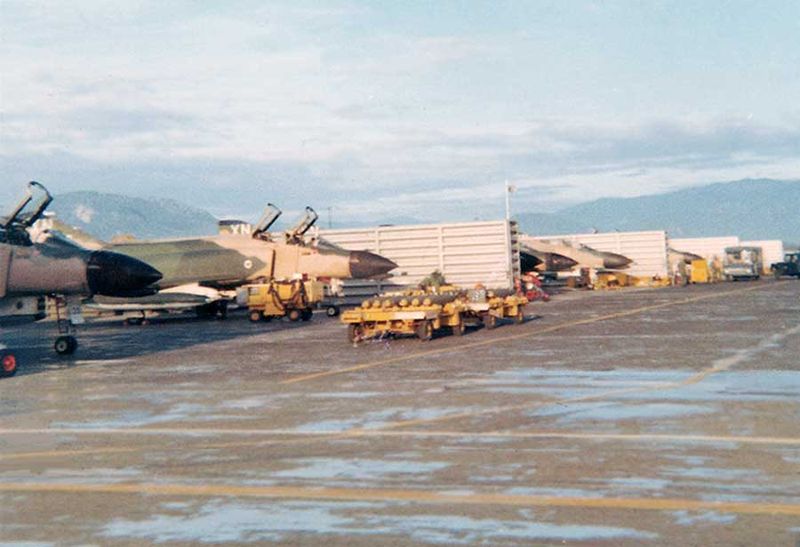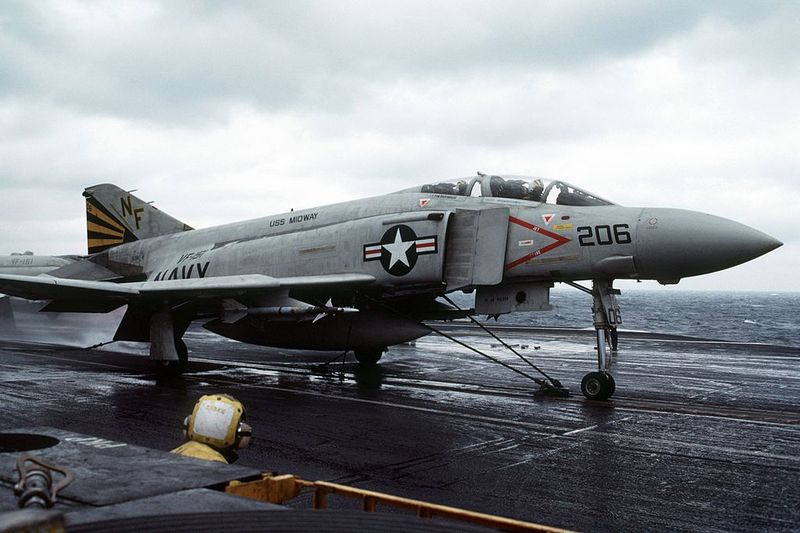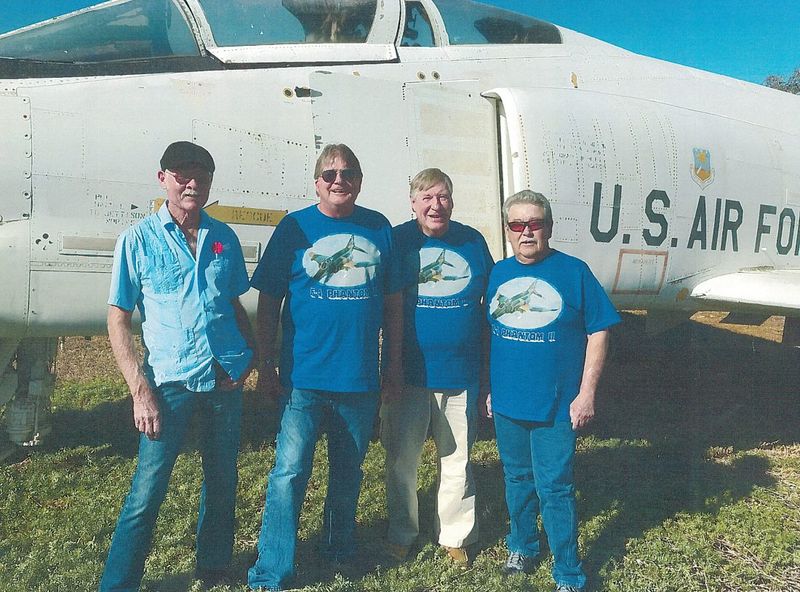The F-4 Phantom wasn’t just an aircraft—it was a beast that shaped the lives of those who flew it.
During the Vietnam War and beyond, this twin-engine fighter-bomber pushed pilots to their limits both physically and mentally.
The veterans who strapped themselves into this legendary machine experienced warfare in ways few others could understand, creating stories that blend terror, triumph, and raw human endurance.
1. Brutal G-Forces Were Just the Beginning
Your body feels like it weighs 800 pounds as blood drains from your brain during a tight turn. Veteran F-4 pilots recall their vision narrowing to tunnel view before darkness crept in completely.
Many developed special breathing techniques—grunting while tensing leg and abdominal muscles—to stay conscious during 6-8G maneuvers. Some pilots still remember their first G-LOC (G-force induced Loss Of Consciousness) as a terrifying awakening to the Phantom’s raw power.
2. It Was Loud. Violently Loud.
The twin J79 engines created a deafening roar that penetrated through helmets, rattled teeth, and vibrated bones. Many F-4 veterans developed significant hearing loss after their service years.
Communication between pilot and weapons systems officer required shouting even through intercoms. The constant auditory assault left crews mentally exhausted after missions.
One veteran described it as “standing between two freight trains while they pass each other—for hours on end.”
3. It Wasn’t Built With Comfort in Mind
“Sitting in a metal coffin” is how one veteran described the cramped F-4 cockpit. Summer temperatures inside could reach 120°F before takeoff, with pilots sweating through flight suits before even leaving the ground.
The ejection seat—hard as concrete—caused chronic back problems for many career Phantom flyers. Controls surrounded pilots on all sides, requiring precise movements in a space barely wider than their shoulders.
Missions lasting 4+ hours left crews physically broken.
4. You Could Go Supersonic—By Accident
F-4 pilots tell hair-raising stories of unintentional Mach-busting. The aircraft would accelerate so quickly in a dive that before you realized it, you’d broken the sound barrier.
“The stick would start to feel like it was set in concrete,” recalled one veteran. “Suddenly the Machmeter is past 1.0, warnings are blaring, and you’re praying nothing falls off the jet.”
These accidental supersonic excursions often came with terrifying aircraft buffeting that convinced many they were about to disintegrate.
5. It Lacked a Gun (At First), and Pilots Hated That
The greatest frustration for early F-4 pilots? Facing MiG fighters with no gun. Military planners believed the missile age had arrived, but reality proved brutally different.
Heat-seeking Sidewinders often failed in humid Southeast Asian conditions. Radar-guided Sparrows required perfect positioning and frequently missed.
“We’d close on a MiG, get missile lock, fire, watch it miss, and then have nothing left but bad language to throw at them,” one pilot bitterly recalled. Later models finally added the much-needed 20mm cannon.
6. Every Flight Could Be Your Last
The F-4’s twin engines sometimes flamed out simultaneously, sending the massive fighter plummeting from the sky. Colonel Richard Smith remembers ejecting over North Vietnam: “One second I’m flying, the next I’m hanging from a parachute watching my $2 million jet become a fireball.”
Hydraulic failures could lock controls. Electrical problems could disable critical systems without warning.
Many F-4 crews developed superstitious rituals before flights—their small attempt to control the uncontrollable dangers awaiting them.
7. Carrier Landings Were a Whole Other War
Landing a 30,000-pound fighter on a pitching aircraft carrier deck at night ranks among aviation’s greatest challenges. Navy F-4 pilots called it “controlled crashing” onto a postage stamp in the ocean.
The approach required perfect precision: too low and you hit the stern; too high and you miss the arresting wires. Many Phantoms ended up in the sea.
“Your body’s dripping with cold sweat as you’re trying to put this beast exactly where it needs to be,” described one Navy veteran. “Nothing else compares.”
8. It Forged Unbreakable Bonds
The F-4 demanded absolute trust between its two-man crew. Front-seater and back-seater relied on each other completely—their lives literally in each other’s hands.
“My WSO saved us both when I blacked out during a dogfight,” remembers Captain James Harkins. “He talked me back to consciousness and got us home.”
These partnerships often lasted decades beyond military service. Many F-4 crews still reunite annually, their brotherhood cemented by sharing that cramped cockpit through the best and worst moments of their lives.
